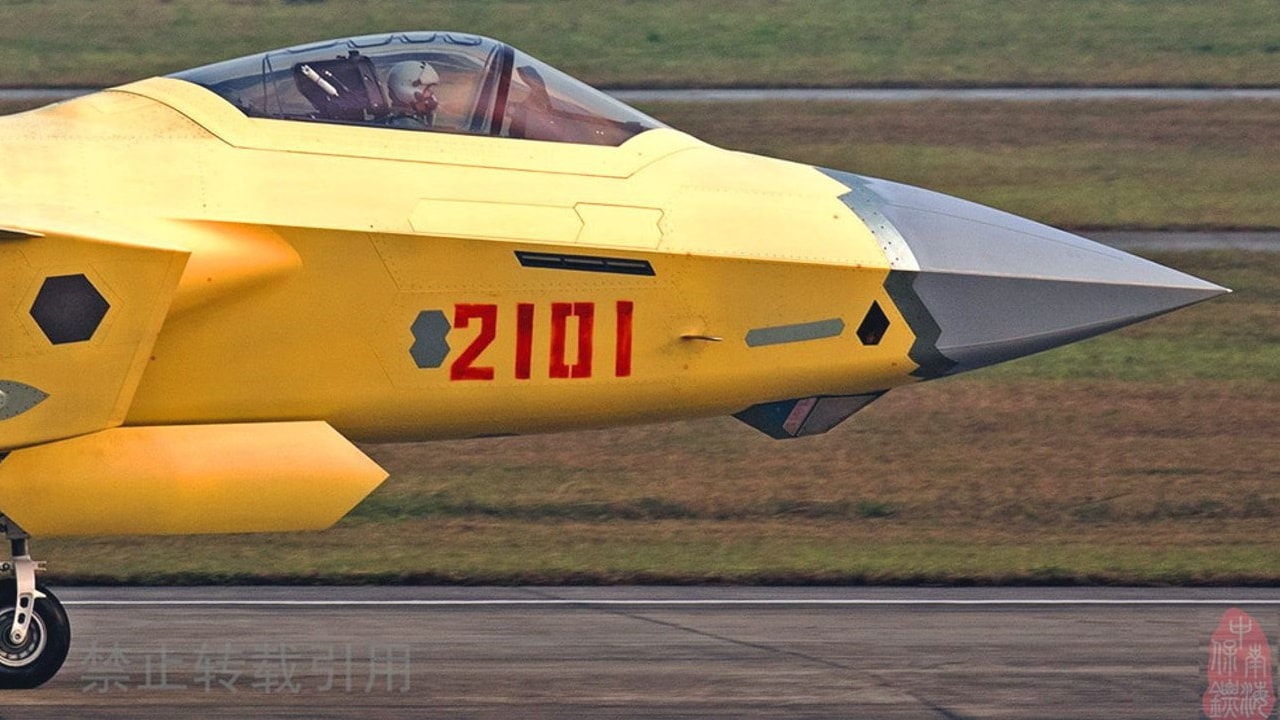There was a time when Soviet-made military hardware was sought after – used by revolutionaries and nation-states alike. During the Cold War, it was Russian small arms, combat aircraft, and tanks that other communist nations such as China built under license. The Soviet arms were seen as the best in the communist bloc.
(Subscribe to Our YouTube Channel Here.)
Even after the dissolution of the Soviet Union three decades ago, Russia has retained its position as a major arms exporter, second only after the United States.
However, clients such as India and China have ramped up their domestic arms industries – and in the future may not head to Moscow with their military hardware wish lists.
In fact, as Russian losses mount in Ukraine, the Kremlin has resorted to buying ordnance from North Korea and has reportedly been using Iranian-made drones.
Already in recent years, there has been a role reversal where Russia has been doing the buying and China the selling.
Yet, to date, China has largely been cautious about what it will supply Russia, but there is little doubt that there are a number of systems Moscow would love to have in its arsenal.
J-20 Mighty Dragon
Though the capabilities of the Chengdu J-20 “Mighty Dragon” remain debatable, the aircraft is known to have some F-22 and F-35 “DNA” as Beijing developed the aircraft after Chinese hackers stole technology from Lockheed Martin. The stealth fighter is equipped with a large internal bay that can hold at least four long-range air-to-air missiles, while two additional lateral bays can each hold a single short-range missile. The J-20 is also equipped with external hardpoints for an additional four missiles—so it seems it could be a Mighty Dragon and indeed a well-armed one at that. It could allow Moscow to gain air superiority and strike positions deep in Ukrainian-controlled territory.
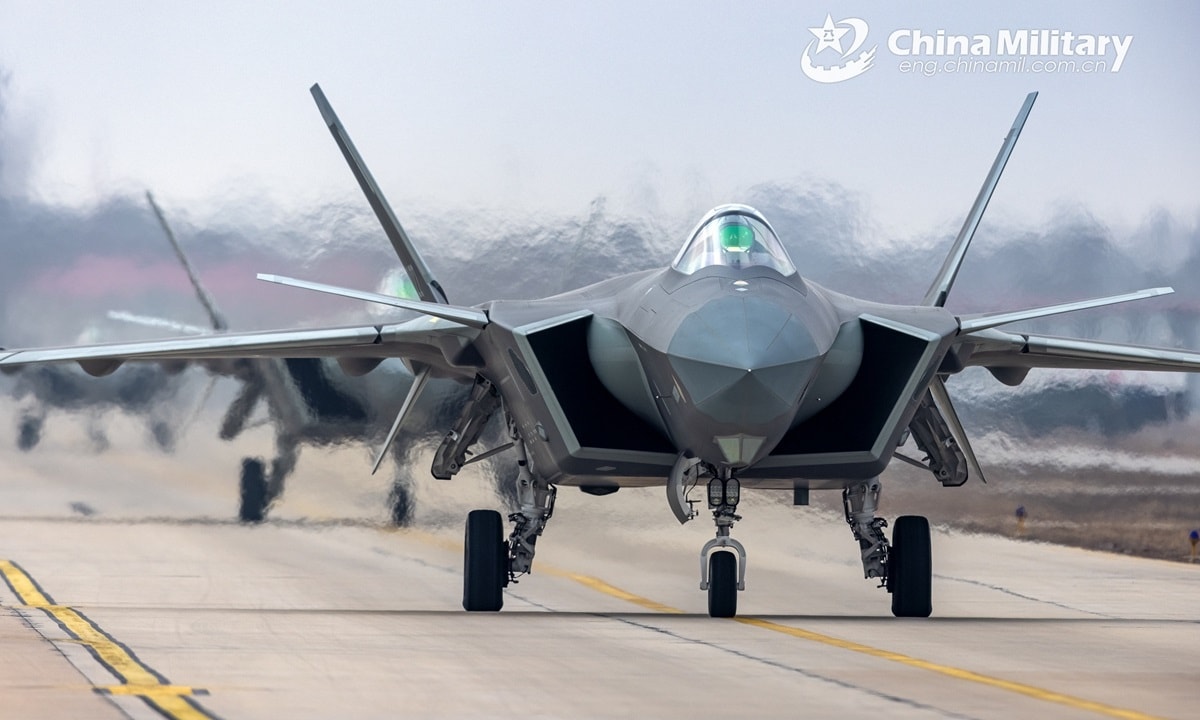
J-20 fighter. Image Credit: Chinese military.
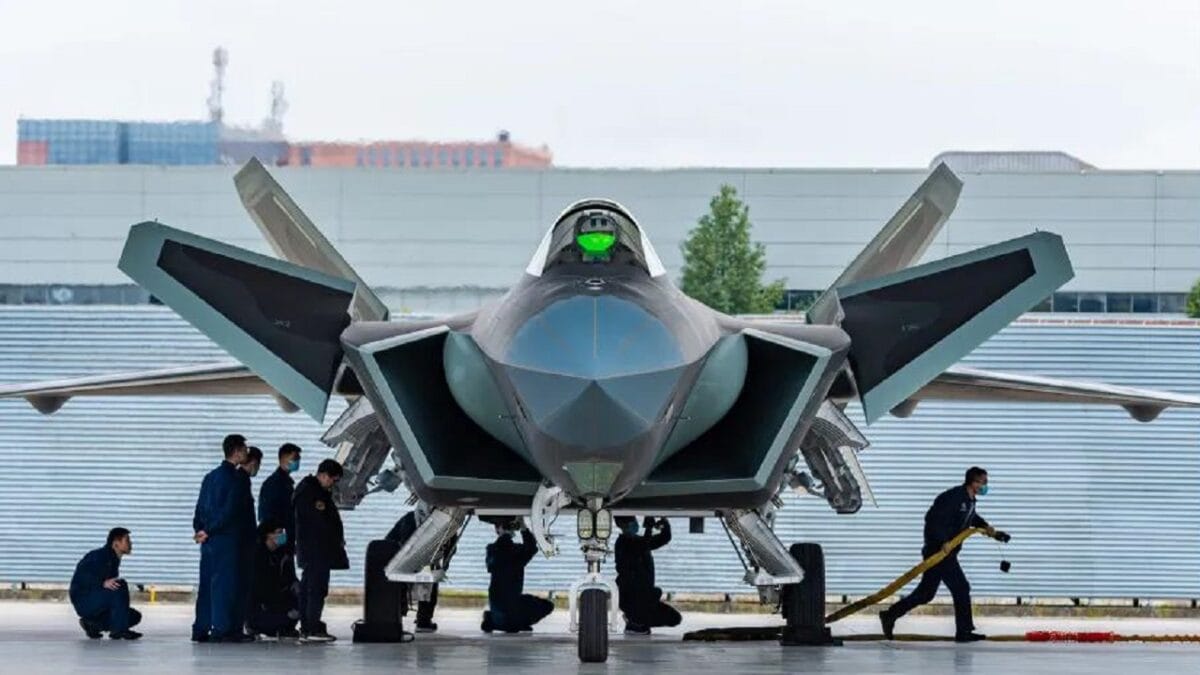
Type 15 “Black Panther” Light Tank
Russia has a lot of tanks, but most have a fatal flaw – where the turret is blown off as a result of the “jack-in-the-box” flaw due to the placement of ammunition storage. With winter coming, Russia’s heavy main battle tanks (MBTs) could also become bogged down in the autumn mud and early winter snow. The Chinese Type 15 is noted for its mobility due to its lightweight and high power/weight ratio. It can effectively operate in highland/plateau, woodland, and water-rich regions – almost like it was designed for eastern Ukraine!
HQ-22 Surface-to-air Missile (SAM) Systems
Moscow has touted the capabilities of its S-400 Triumf air defense system, but it reportedly lacks enough of the platforms in operation to maintain control of the skies over Ukraine. This is where China’s HQ-22 could aid the Kremlin’s forces. Its missiles, which use semi-active radar guidance, have a range of up to 170 km and can reach targets at an altitude of up to 27 km. Though lacking the range of the S-400, a typical battery of three HQ-22 launchers and H-200 radar can engage six air targets simultaneously.
Dong Feng-21D
The first anti-ship ballistic missile (ASBM) to be described as a “carrier killer,” the DF-21D first entered service more than 30 years ago and replaced the obsolete Dong Feng-2 (CSS-1). It became China’s first solid-fuel road-mobile missile. Able to deploy a 600 kg payload with a minimum range of 500 km (311 miles) and a maximum range of 2,150 km, the DF-21D’s warhead is likely maneuverable and may have an accuracy of 20 m CEP (circular error probable). It could successfully blockade any Ukrainian ports, but it has also been developed into an anti-satellite weapon/anti-missile weapon system.
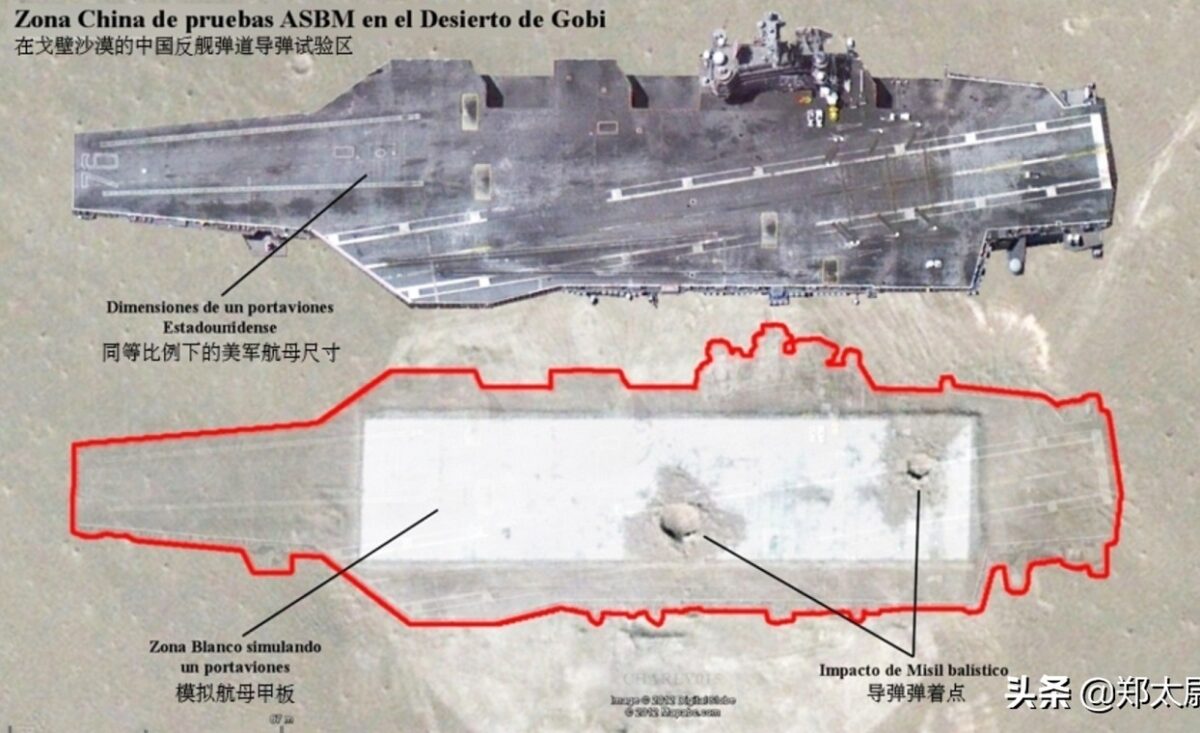
Image from the now closed WantChinaTimes.
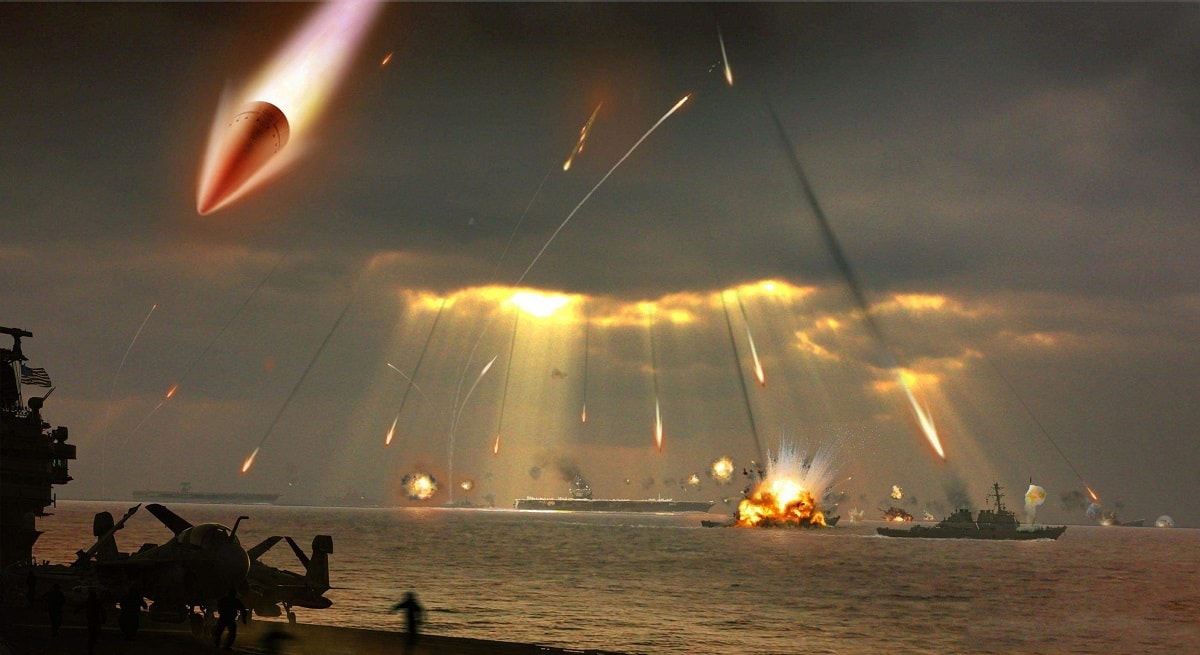
Depiction of Chinese missiles attacking the U.S. Navy. Image: Chinese Internet.
Dong Feng-26B
This platform was the type of weapon specially banned by the Intermediate-range Nuclear Forces Treaty signed by the United States and the Soviet Union at the end of the Cold War. However, China never joined the agreement and went ahead with this weapon’s development.
The road-mobile, two-stage solid-fueled intermediate-range ballistic (IRBM) DF-26B (Dong Feng-26) was first unveiled during a military parade in September 2015. It has a reported range of 4,000km (2,485 miles), and can be used in both conventional and nuclear strikes against ground as well as naval targets, making it an even more capable “carrier killer.” The mobile launcher can carry a 1,200 to 1,800 kg nuclear or conventional warhead, which could be used against warships, urban centers, or military columns.
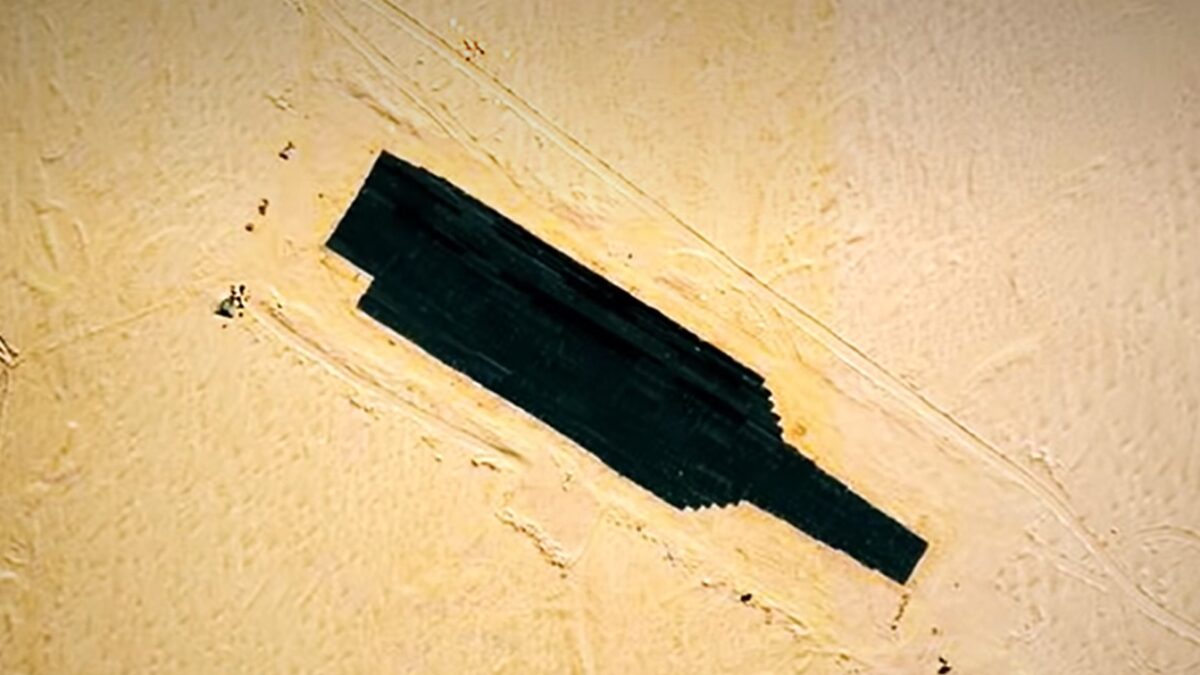
China’s missile testing range using a cut out of an aircraft carrier.
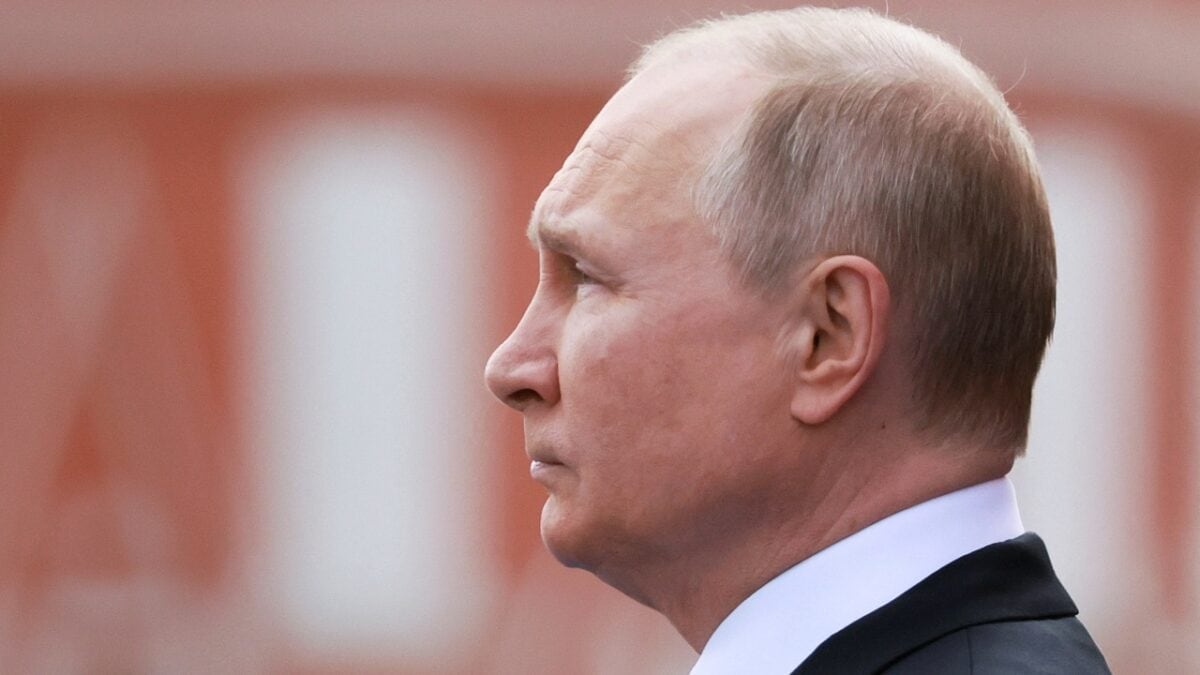
Russian President Vladimir Putin watches a military parade on Victory Day, which marks the 77th anniversary of the victory over Nazi Germany in World War Two, in Red Square in central Moscow, Russia May 9, 2022. Sputnik/Mikhail Metzel/Pool via REUTERS

Vladimir Putin 2017 New Year Address to the Nation.
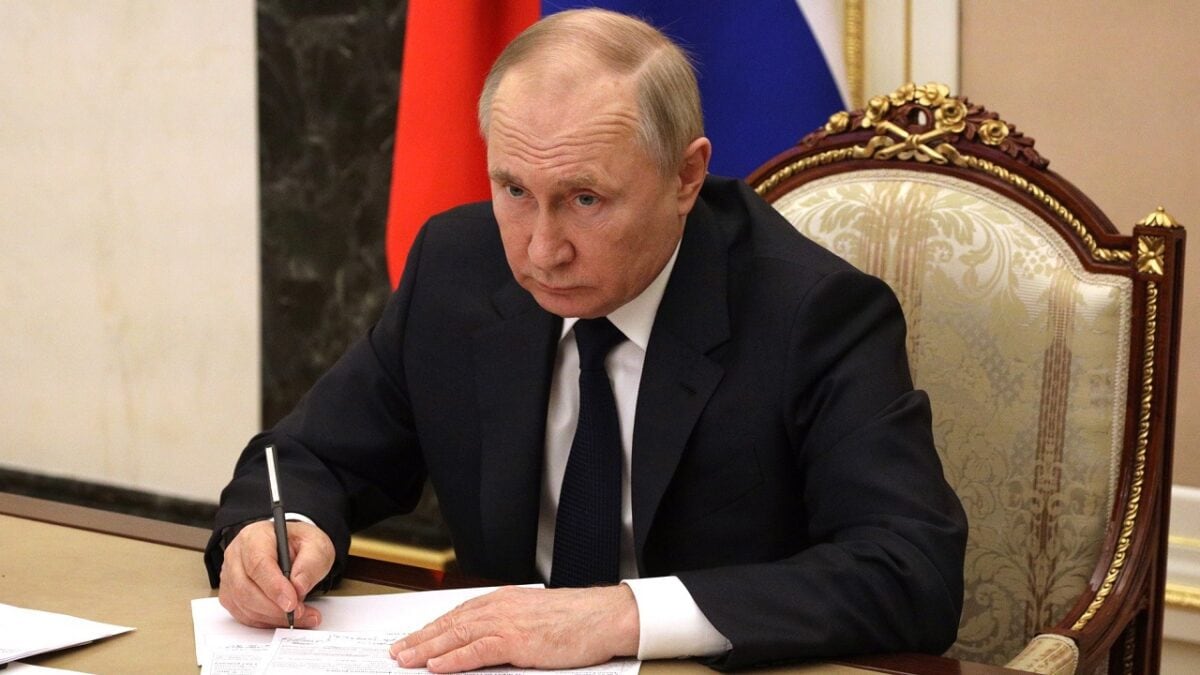
President of Russia Vladimir Putin Meeting with members of the Government (via videoconference).
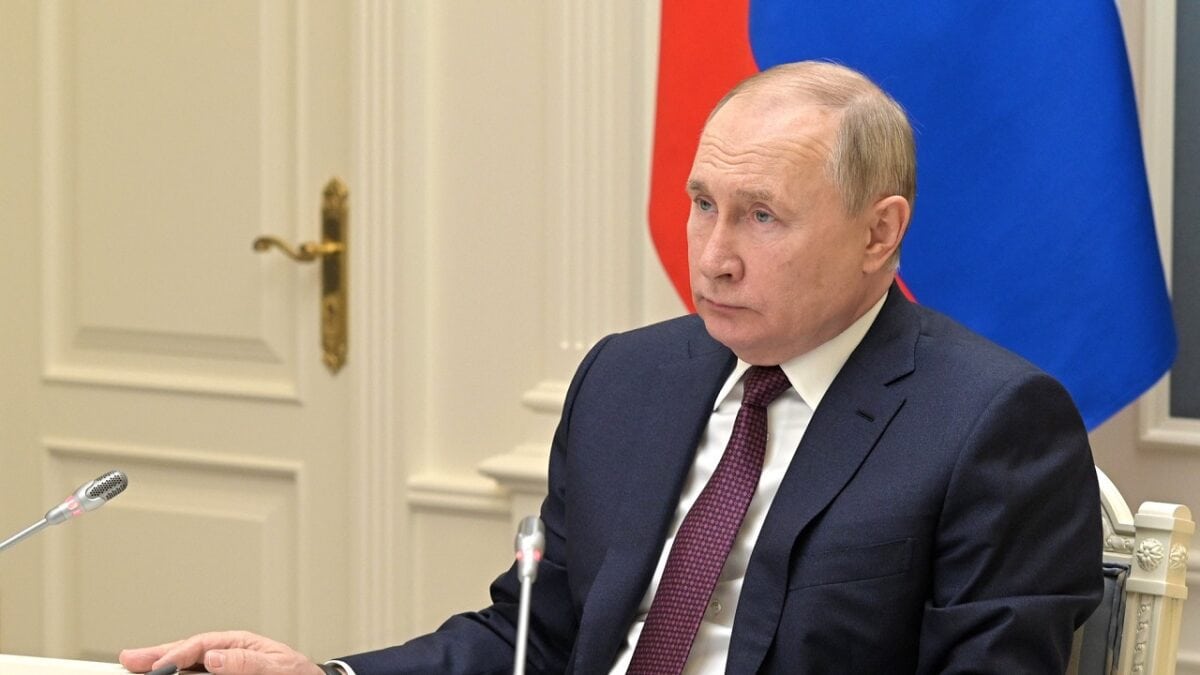
Vladimir Putin observes strategic deterrence forces exercise in the Kremlin’s situation room.
A Senior Editor for 19FortyFive, Peter Suciu is a Michigan-based writer. He has contributed to more than four dozen magazines, newspapers, and websites with over 3,000 published pieces over a twenty-year career in journalism. He regularly writes about military hardware, firearms history, cybersecurity, and international affairs. Peter is also a Contributing Writer for Forbes. You can follow him on Twitter: @PeterSuciu.

